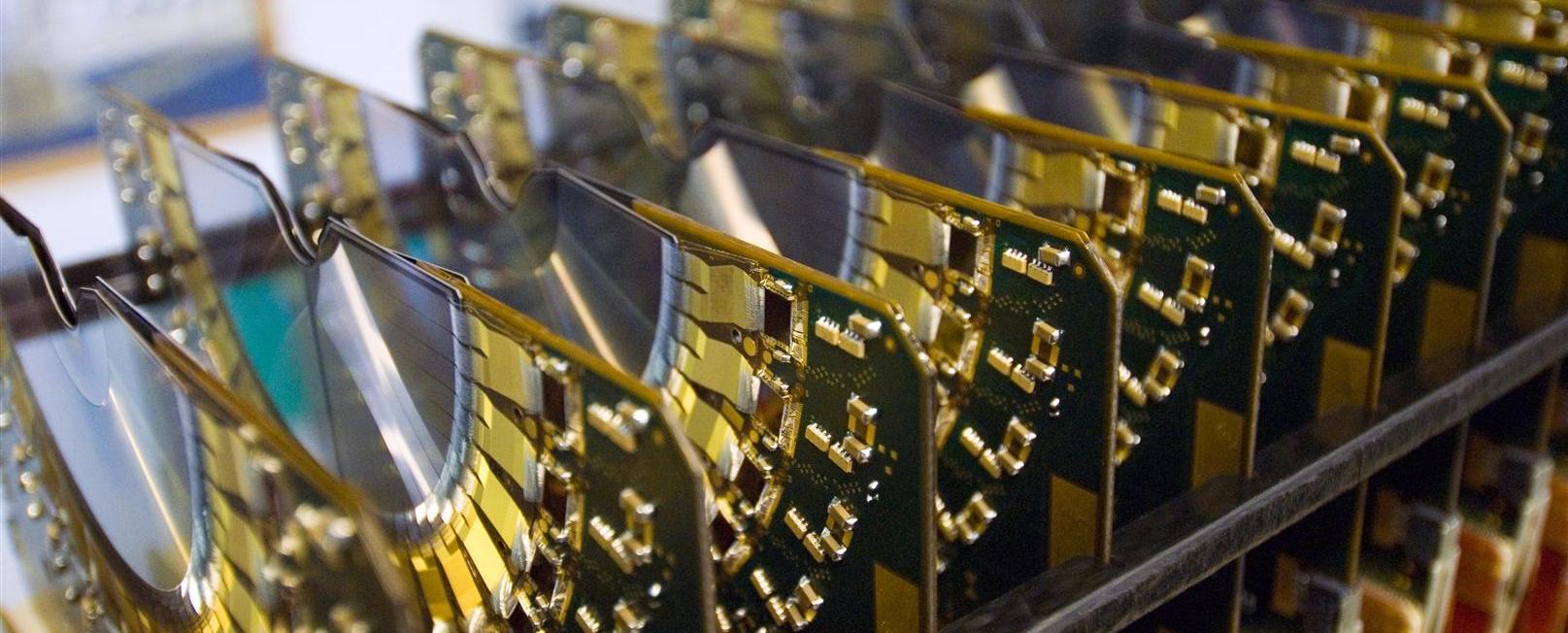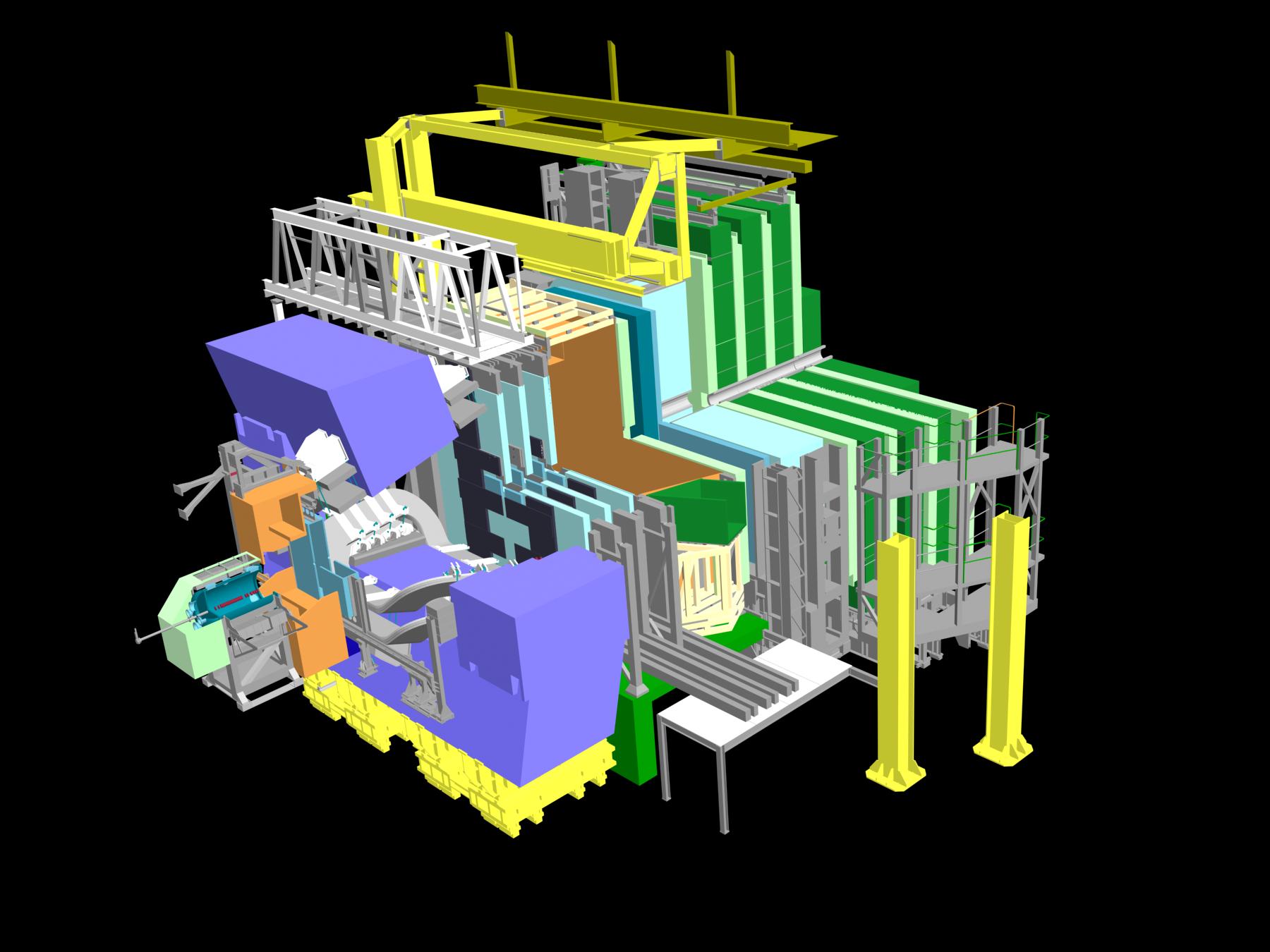Marcel Merk : Research

Menu:
Updated:
March 27, 2017
Particle Physics Experiments
I participated in the following particle physics experiments:- 1986 - 1987: As an undergradraduate student I was involved in multiparticle production studies using the European Hybrid Spectrometer (EHS) NA22 collaboration.
- 1987 - 1993: During the era of the LEP-1 I worked at the L3 experiment. The main result was the determination of the number of light neutrino generations. 1994-1995: During LEP-2 I joined the Delphi experiment, wherte I got involved for the first time with B-physics.
- 1997-1999: The HERA-B experiment aimed to perform the first CP violation measurement with B mesons, but was beaten by the B-factories BaBar at SLAC and Belle at KEK.
- 1994 - present: I am a member of the LHCb experiment since the day it was founded out of three proposed experiments: Cobex, Gajet and LHB.
The LHCb Experiment

The LHCb Detector is a precision measurement designed to study the decays of B-particles.
The Construction of the VErtex LOcator is a DVD document that summarizes the 10 year project of designing, constructing and installing the Velo detector up to and including the observation of the first LHC tracks. The online status of the experiment can be followed from the LHCb status page and an event display can be found here.
The LHC Status
The machine status of the LHC can be followed via LHC operation page and in particular LHC Page1 and SPS Page1. The status of LHCb can be followed via the online pages and the LHCb electronic logbook. The LHC electronic logbook can only be seen from a browser at CERN. The planned LHC run can be obtained from the LHC Schedule 2017.
The following plots show the reconstructed vertex position for collision tracks and for beam-gas tracks and here is a the comparison between the two.
LHCb in the Press
- New Scientist, 23 April 2010 Decaying beauty spied for first time by LHC.
- ZDNet UK, 22 April 2010 LHC steps closer to discoveries on antimatter.
The LEP Experiments
In the 1980's, the 27 km collider ring was constructed to house the Large Electron Positron collider (LEP). It was the largest scientific instrument of the world. LEP, dubbed "the lord of the collider rings", operated from 1989 until 2000. The legacy of LEP is summarized in this video clip. The four experiments Aleph, Delphi, L3 and Opal produced a wealth of precision measurements using the decays of the Higgs boson resonance. The most important result of LEP is the discovery that the Z decays into three types of neutrino particles, strongly suggesting that nature includes precisely three generations of fundamental fermions. I was fortunate to be part of the start-up of the L3 experiment at LEP in 1989 as part of my thesis research and later as a postdoc for the CMU university. I vividly remember the night of first data where, after the end of my data-taking shift at midnight, I brought the first recorded data tapes from the experiment to the computing center. I raced with my car from St Genis to the CERN computing center of Meyrin, not stopping at the swiss border. The reconstructed events were immediately visually analysed and the first Z-boson decay was found a few hours later.